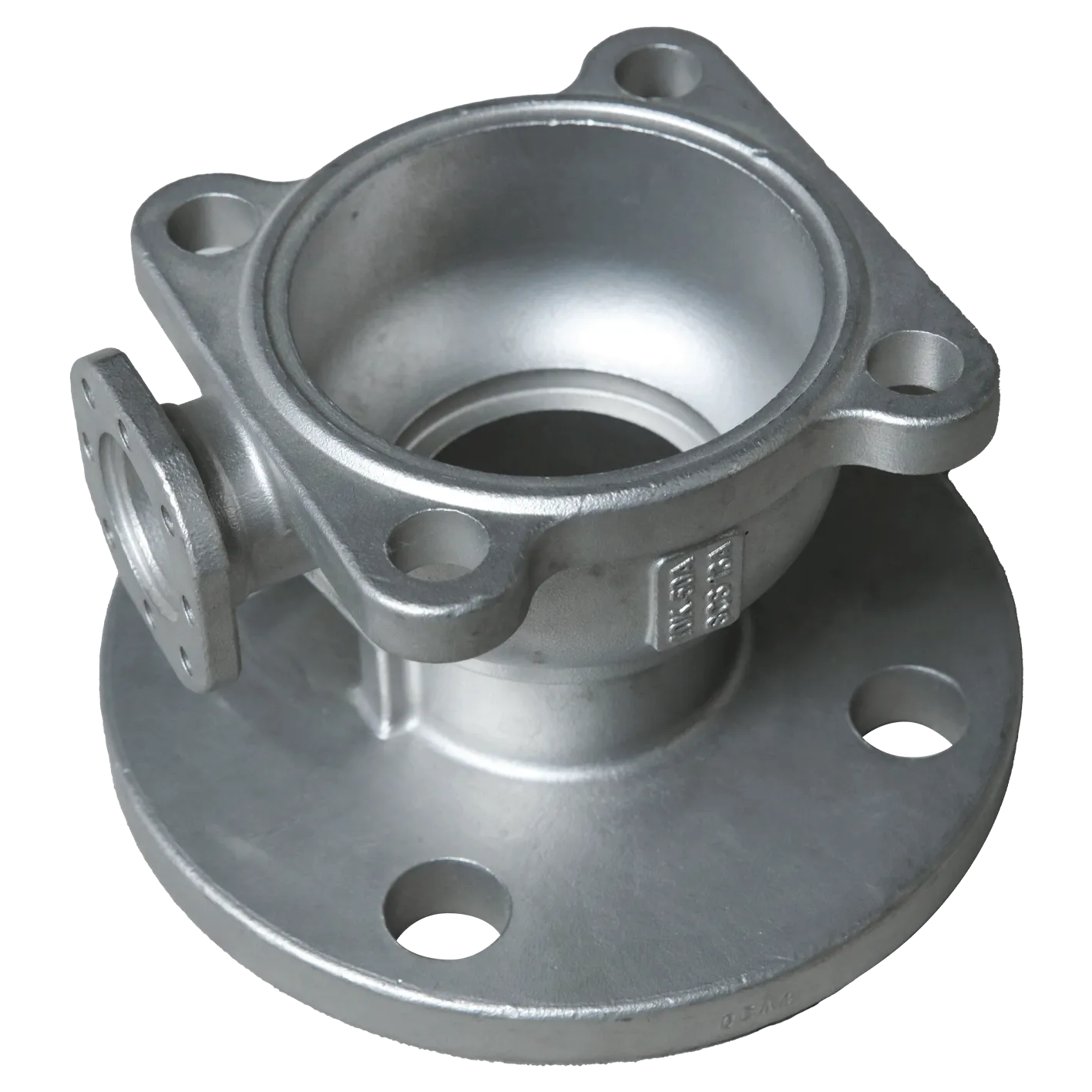Mobile:+86-311-808-126-83
Email:info@ydcastings.com
aluminium mould casting
The Art and Science of Aluminium Mould Casting
Aluminium mould casting is a pivotal manufacturing process that combines artistry and engineering to produce intricate parts and components across various industries. Renowned for its lightweight, excellent corrosion resistance, and good thermal conductivity, aluminium has become a preferred choice in sectors such as automotive, aerospace, and consumer goods manufacturing. This article delves into the intricate world of aluminium mould casting, exploring its processes, benefits, applications, and future prospects.
Understanding the Casting Process
Aluminium mould casting primarily involves pouring molten aluminium into a pre-formed mould to create specific shapes and designs. The process starts with the creation of the mould, which can be made from various materials, including metal, sand, or ceramic. Metal moulds, commonly referred to as die, are typically used for high-volume production due to their durability and ability to create finer tolerances. Conversely, sand moulds are more suitable for lower volumes and can accommodate complex designs that may be challenging to craft using a metal die.
The aluminium casting process can broadly be categorized into several methods, including sand casting, die casting, and investment casting.
1. Sand Casting This is one of the oldest and most versatile casting techniques. Sand is mixed with water and bonding agents to form a mould. Once the sand mould is prepared, molten aluminium is poured into the cavity, allowing it to cool and solidify. Sand casting is particularly beneficial for producing large parts and complex geometries.
2. Die Casting In this method, molten aluminium is injected under pressure into a metal mould. This high-pressure process allows for the production of parts with complex shapes and excellent surface finishes, making it ideal for mass production. The die casting process can be done using hot or cold chamber methods, depending on the specific application and required characteristics of the final product.
3. Investment Casting Also known as lost-wax casting, this method provides high-precision components. A wax pattern is coated in a ceramic shell, which is then heated to remove the wax and create a hollow mould. This technique is particularly advantageous for producing components that require fine detail and a smooth surface finish.
Benefits of Aluminium Mould Casting
aluminium mould casting

The advantages of aluminium mould casting are manifold. Firstly, aluminium's lightweight nature leads to products that facilitate more efficient transportation, reduced energy consumption, and improved performance in applications such as automotive components. Secondly, aluminium has a high strength-to-weight ratio, making it an ideal material for structural elements.
Additionally, aluminium is known for its exceptional corrosion resistance, enabling cast parts to perform well in harsh environments without significant deterioration. The thermal and electrical conductivity of aluminium also makes it a preferred choice for applications in electronics and heat exchangers.
Moreover, the casting process allows for substantial design flexibility. Designers can explore complex shapes that may not be possible through conventional machining processes. This flexibility, coupled with the ability to integrate multiple features into a single part, reduces assembly costs and time.
Applications in Various Industries
Aluminium mould casting finds applications across numerous industries. In the automotive sector, it is used to manufacture engine blocks, transmission cases, and wheel rims, contributing to vehicle fuel efficiency and performance. The aerospace industry benefits from aluminium’s lightweight properties and strength, using it for structural components and parts in aircraft.
Consumer products, such as cookware and appliances, also take advantage of aluminium casting due to its durability and heat retention properties. Additionally, in the technology sector, components for various electronic devices are produced using aluminium casting, benefiting from the metal's conductivity and lightweight characteristics.
The Future of Aluminium Mould Casting
With the ongoing emphasis on sustainability and reducing carbon footprints, aluminium mould casting is poised for growth. Innovations in casting technologies, such as the development of more advanced alloys and eco-friendly moulding materials, are paving the way for enhanced performance and reduced environmental impact.
In conclusion, aluminium mould casting is a sophisticated process that marries art and science harmoniously. Through continuous advancements in technology and materials, the future holds exciting possibilities for the expansion and enhancement of this vital manufacturing process, contributing to more sustainable and efficient industrial practices. Whether in the automotive industry, aerospace, or consumer goods, aluminium mould casting will continue to play an essential role in producing the components that shape our world.
-
Why Should You Invest in Superior Pump Castings for Your Equipment?NewsJun.09,2025
-
Unlock Performance Potential with Stainless Impellers and Aluminum End CapsNewsJun.09,2025
-
Revolutionize Your Machinery with Superior Cast Iron and Aluminum ComponentsNewsJun.09,2025
-
Revolutionize Fluid Dynamics with Premium Pump ComponentsNewsJun.09,2025
-
Optimizing Industrial Systems with Essential Valve ComponentsNewsJun.09,2025
-
Elevate Grid Efficiency with High-Precision Power CastingsNewsJun.09,2025











